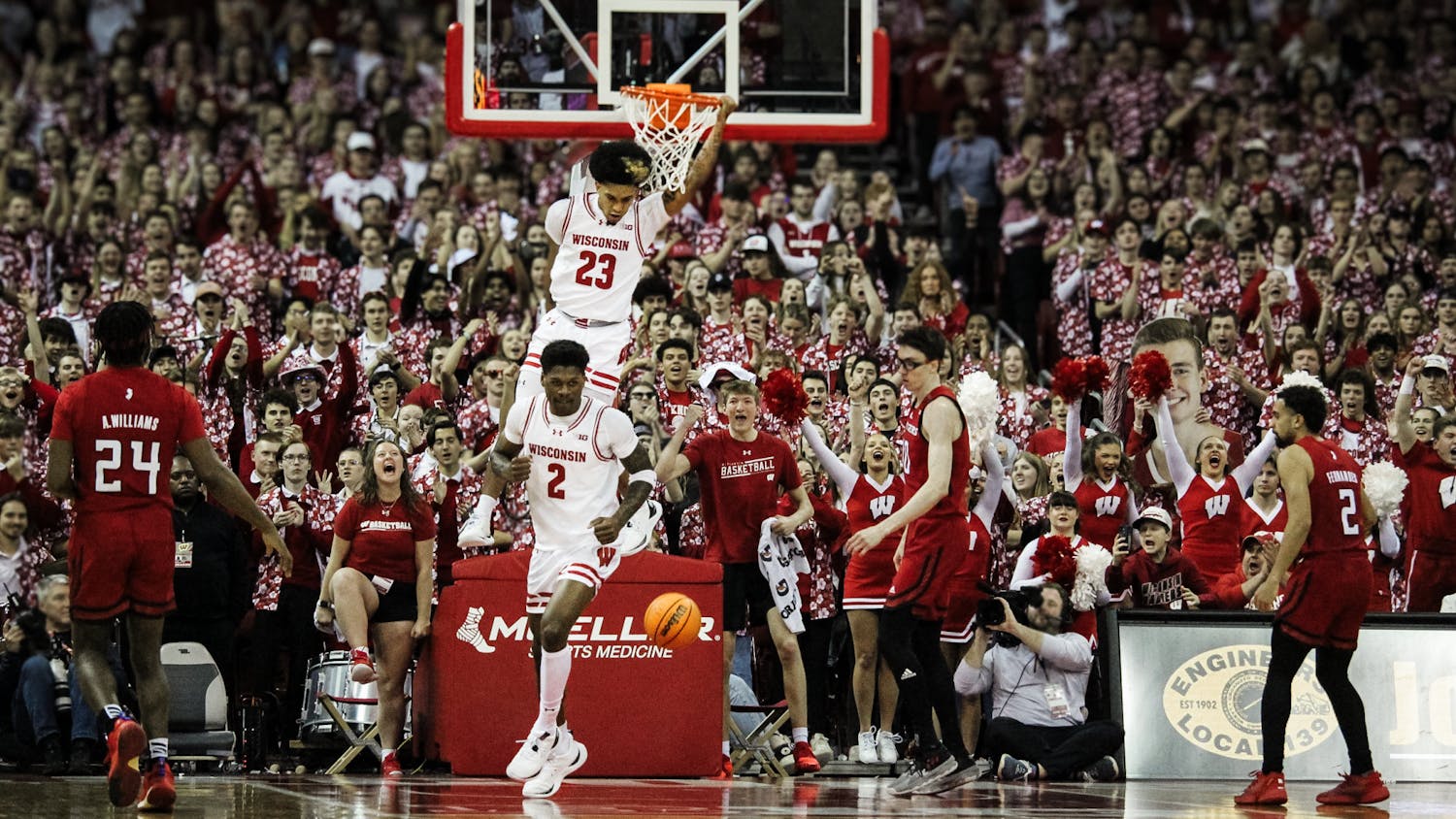Roger Federer is back in the game.
He proved all of his doubters wrong this weekend when he claimed the 2014 Dubai Championship. He carved his way through the draw with impressive wins against Novak Djokovic and Tomáš Berdych on his way to his first title of the year.
Federer is playing noticeably better in 2014 than he did in 2013, a year where he only racked up one tournament title.
It was a disappointing year for the former world No. 1, where just about every major tennis analyst and talking head claimed his career as done.
Although the Swiss star’s success may be surprising to his critics, last weekend’s triumph is much easier to explain.
First, Federer parted ways with his coach, Paul Annacone following his disappointing run in 2013. He is now working with Stefan Edberg, a former world No. 1 from Sweden.
However, coaching is not the most important variable in tennis. Yes, it is nice to switch it up when the going gets tough, but when you’re Roger Federer and you’ve won 17 Grand Slam titles, you’re not exactly bound by what a coach says.
The most important variable Federer changed was his racket.
Federer has been playing with a Wilson brand racket for the majority of his career. From 2006-’09, when he experienced his greatest success, he made the final of every Grand Slam except the 2008 Australian Open, where he lost in the semifinal. Every other slam, he either came in first or second.
During this time frame, Federer played with a Wilson K Factor racket with a 90 square-inch head size. In other words, the string pattern is 90 square inches. This is significantly smaller than the 100 square inches with which most tour professionals play.
When Federer was at his physical peak, he could generate power with his body and not the racket. Because of this, the racket was tuned for control 100 percent. This allowed Federer to strike with pinpoint accuracy and win so many Grand Slams.
In 2014, Federer switched to the new Wilson Blade racket with a 98 square-inch head size. This gives Federer much more power and pop on his shots. This has catapulted him back to the top of the men’s game.
This is not the traditional example of a poor workman who blames his tools for poor performance. Tennis rackets are hands down the most important part of a tennis player's game.
A professional tennis player hits tennis balls all day. He or she can tell the most minute differences in rackets, whether it be head size, grip diameter or string tension. Each one of these factors fall on a spectrum where power is on one end and control is on the other.
All of these variables need to be dialed in exactly to match the player’s advantages and playing style.
This year will be Federer’s 17th on the professional tennis circuit. It is reasonable to assume that his playing style has changed over those years. Now, he needs to switch up the racket to match.
How will Federer play for the rest of 2014? Email Grey at gsatterfield@wisc.edu and let him know what you think.






